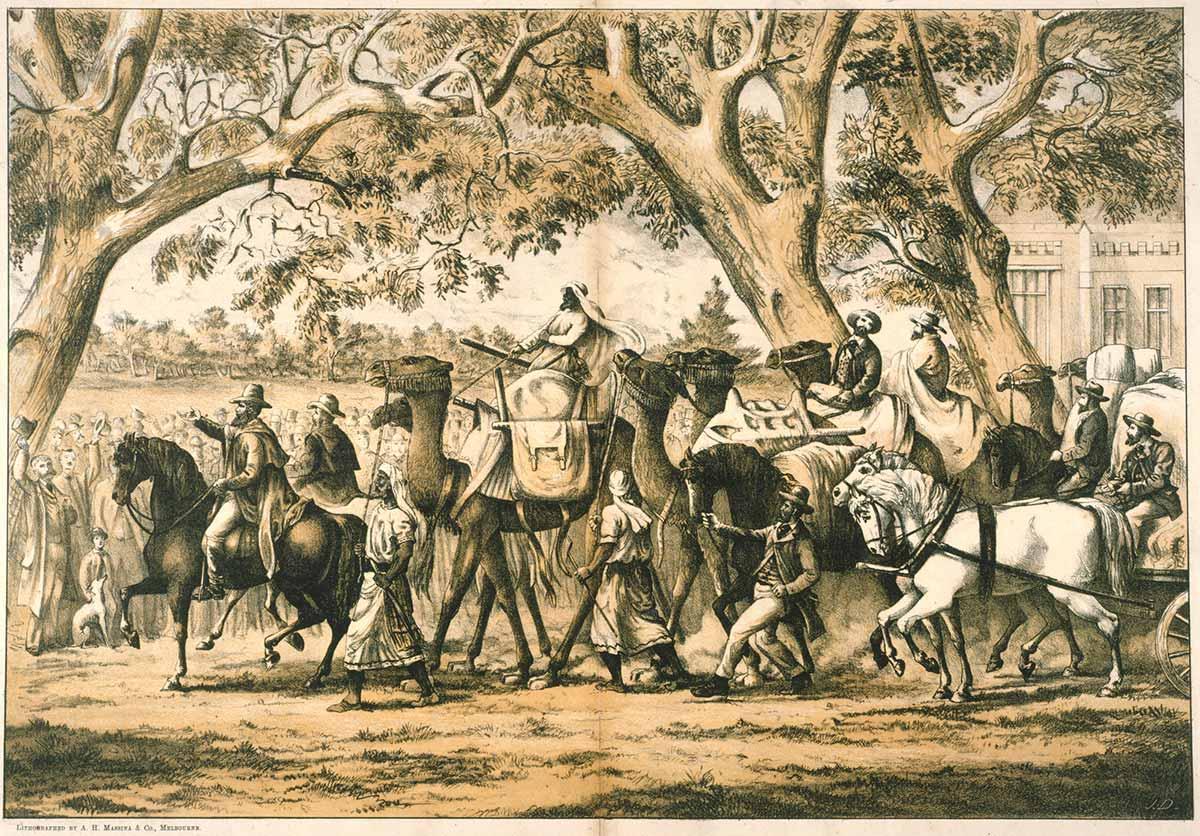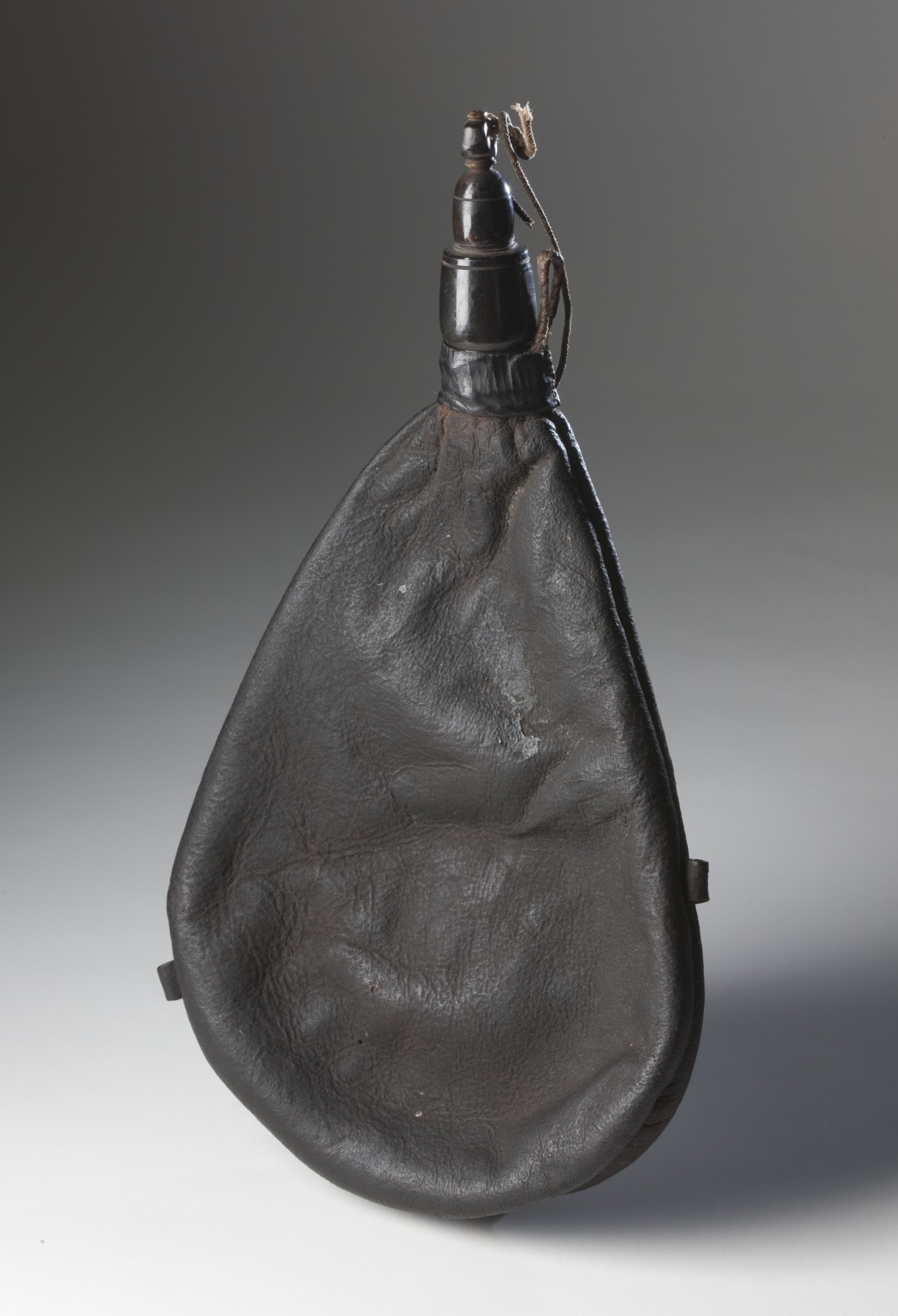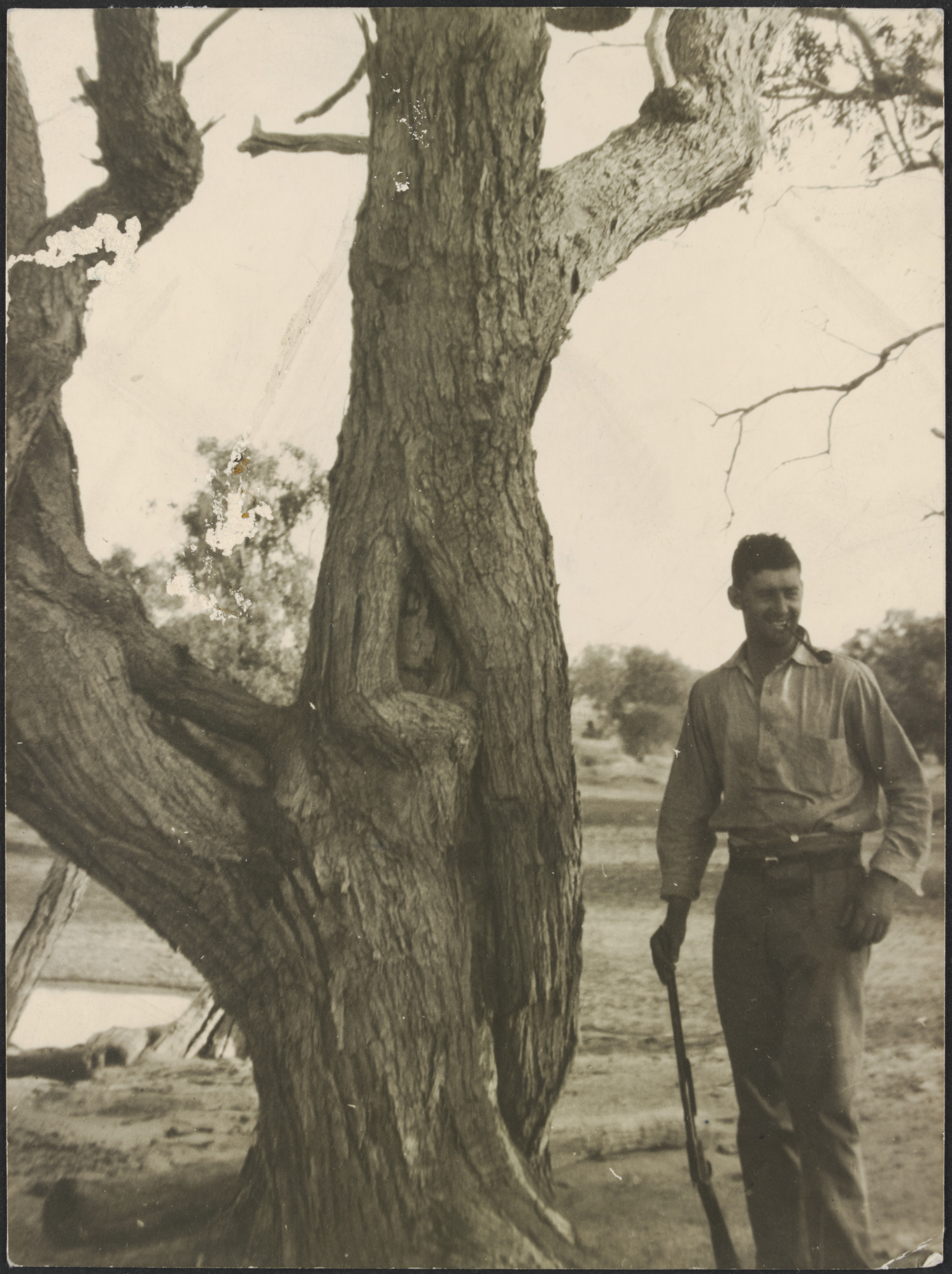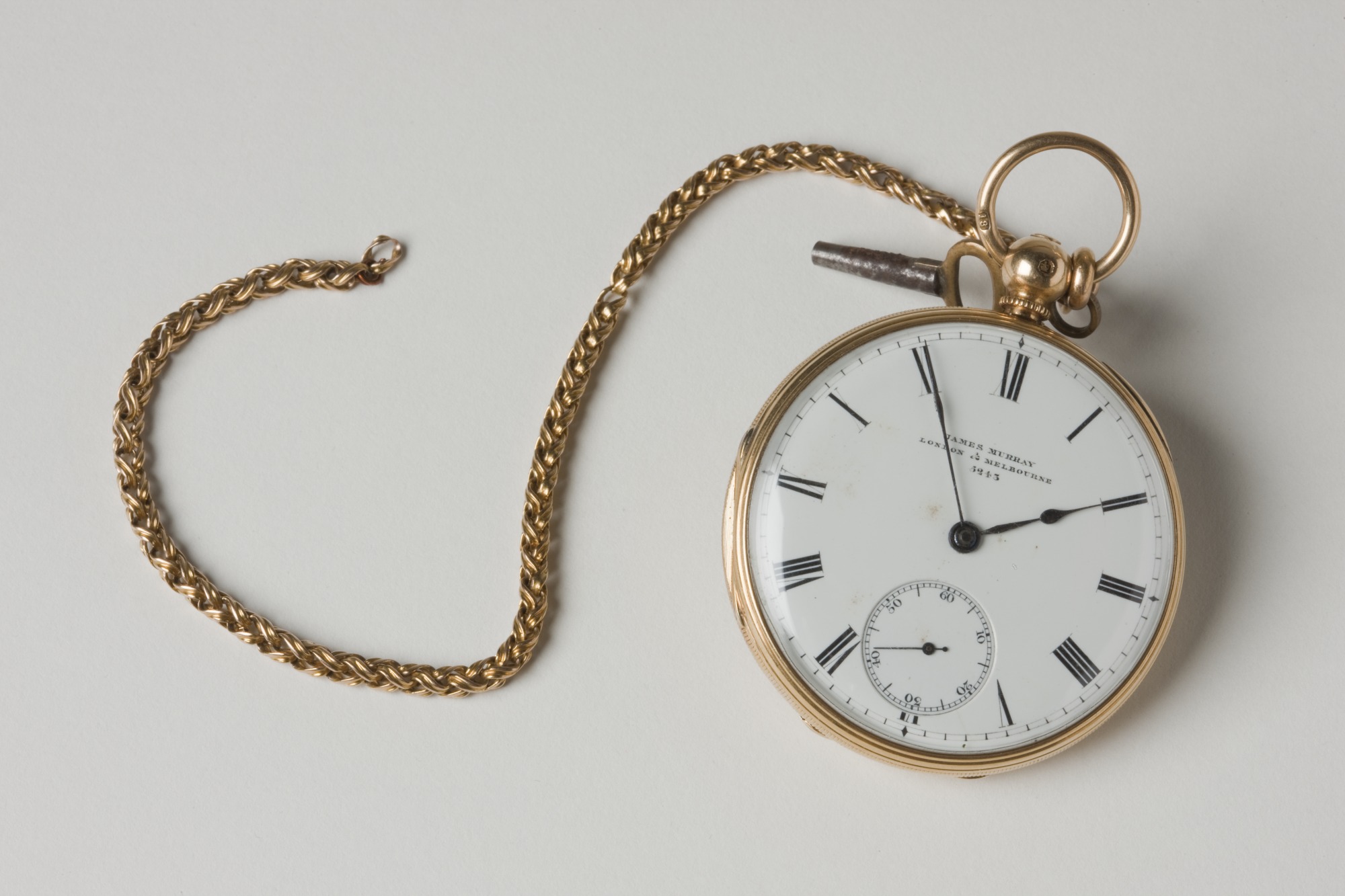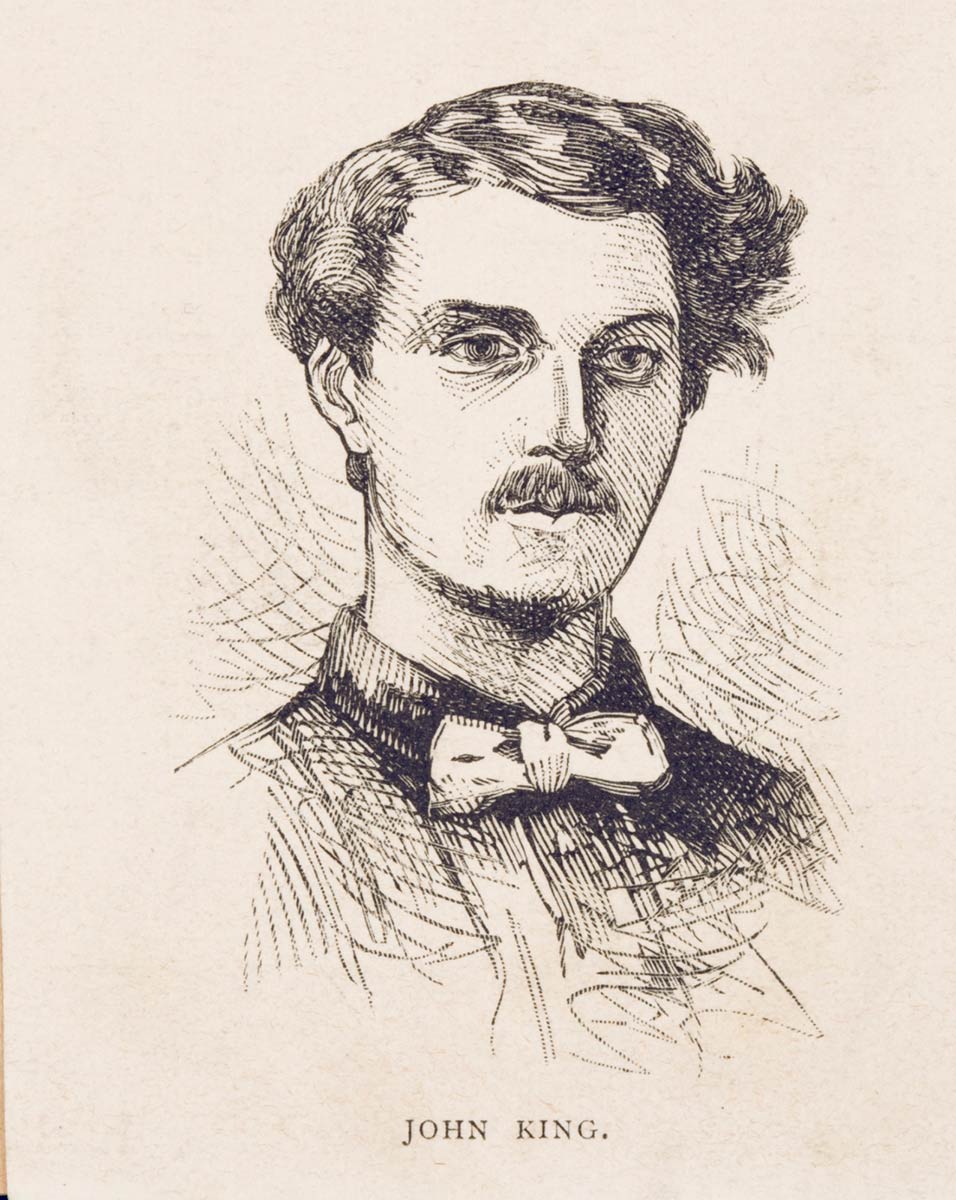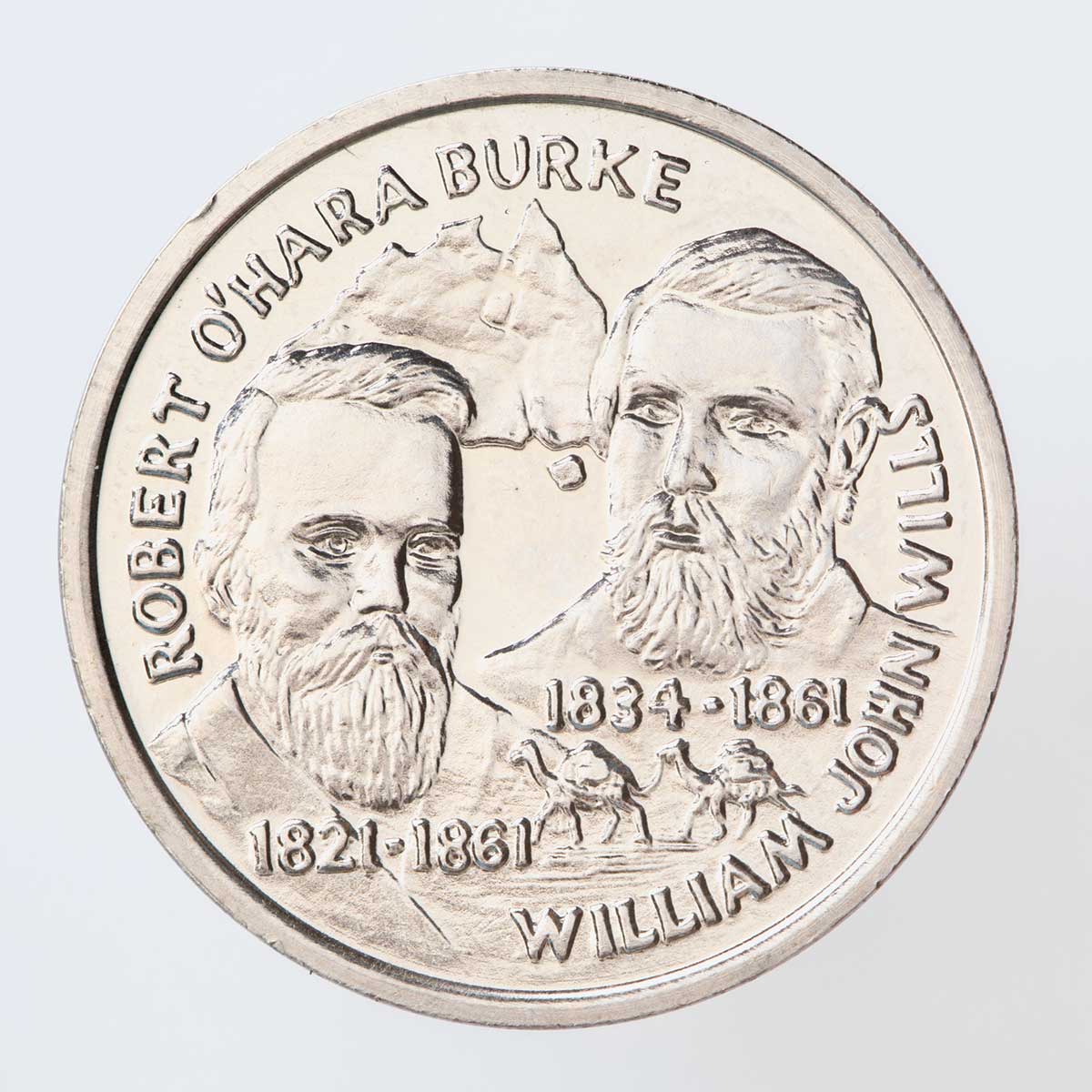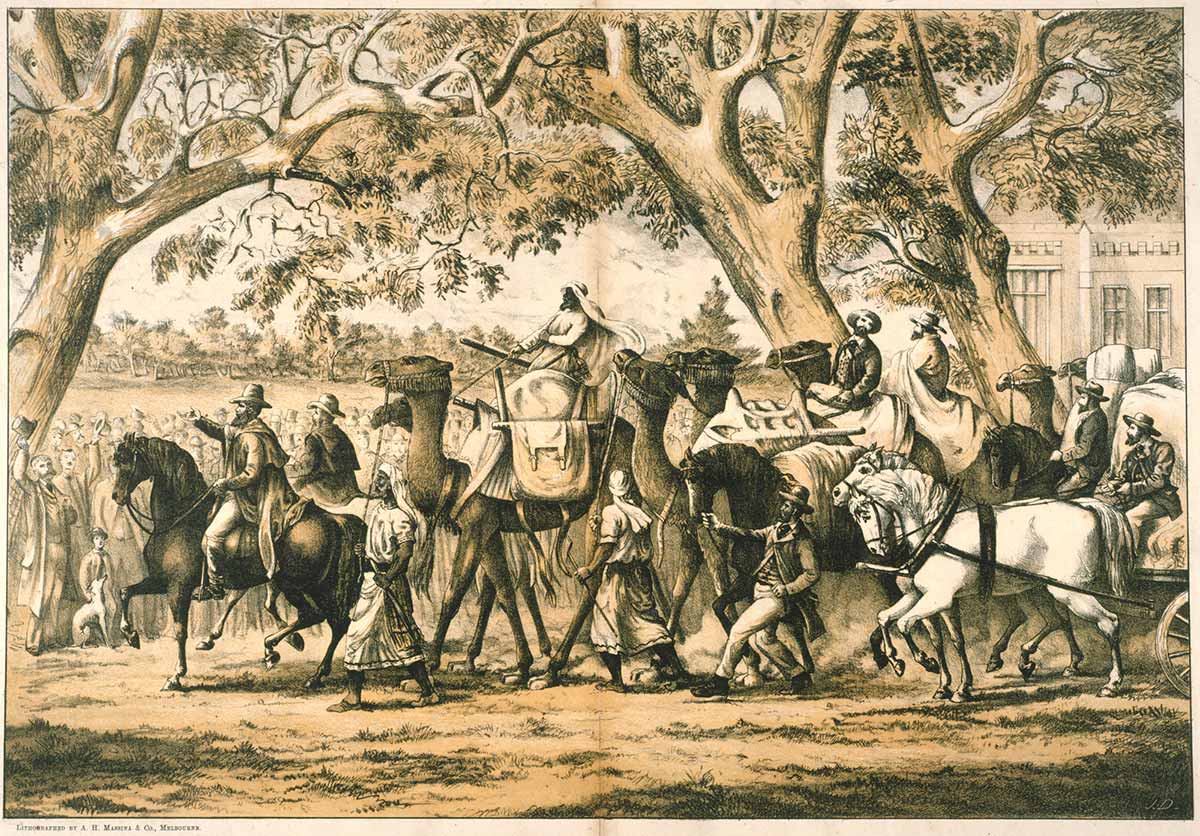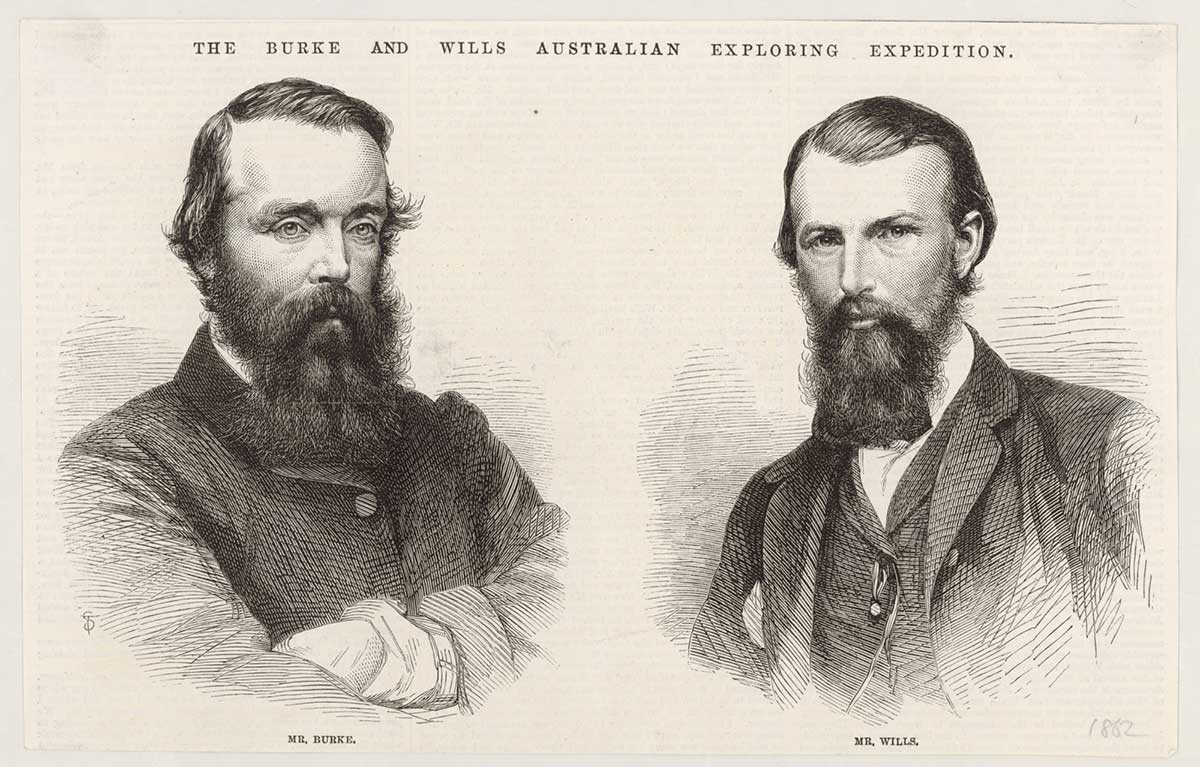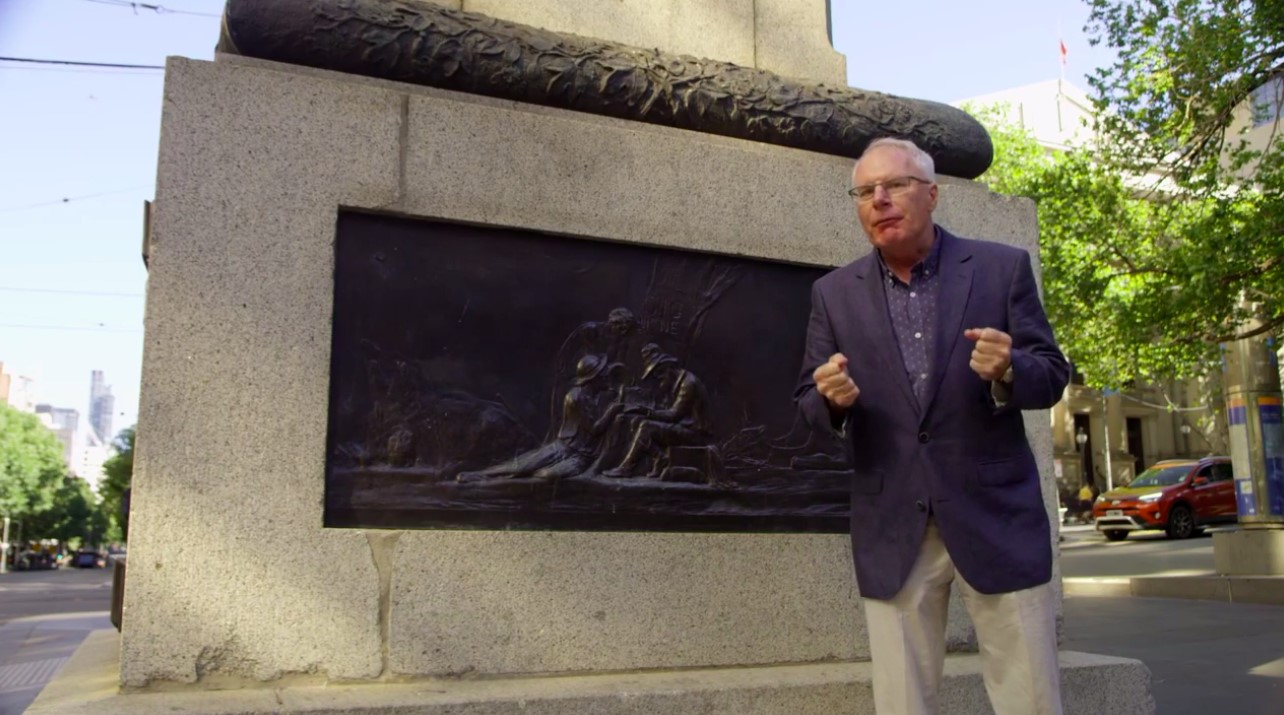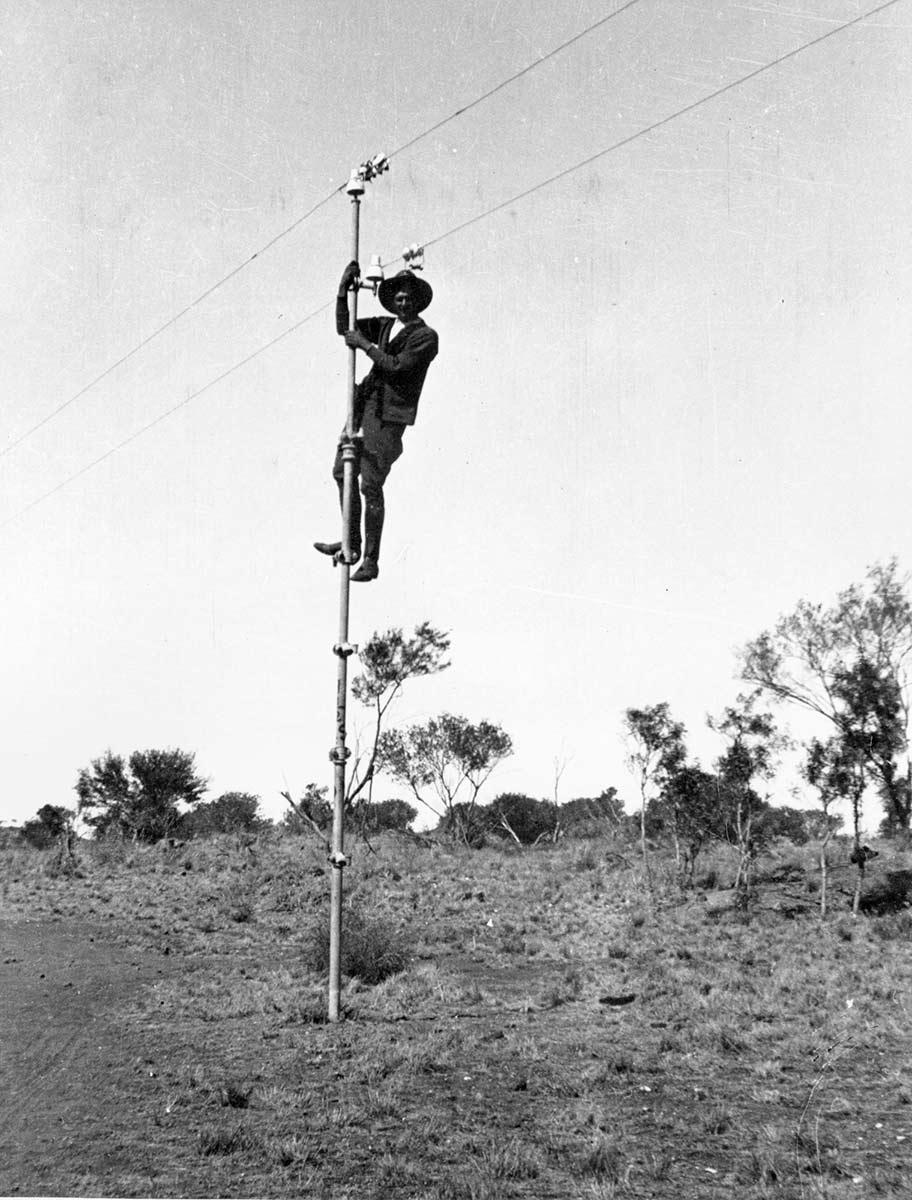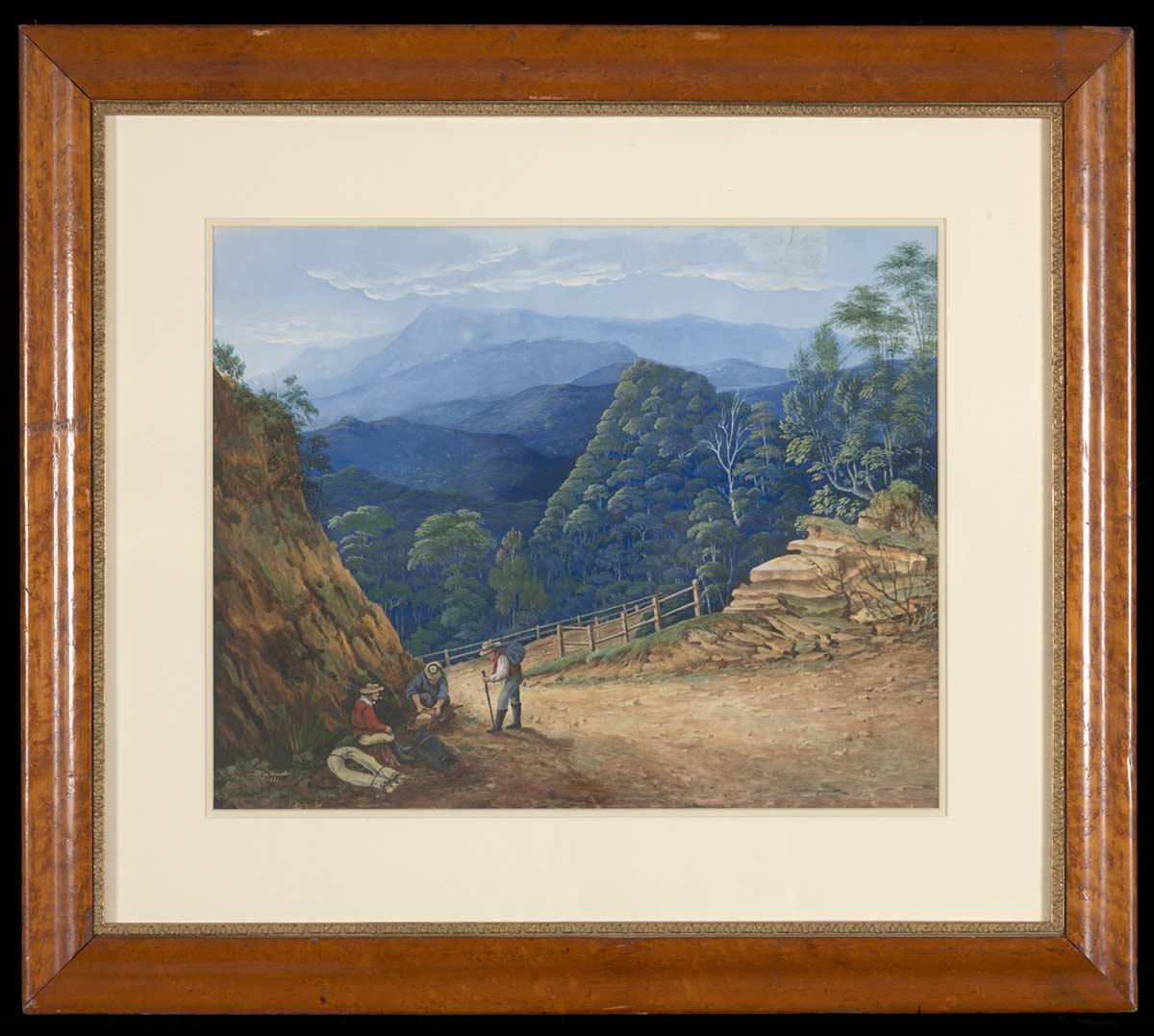First Europeans to cross the continent
1860: Robert Burke and William Wills leave Melbourne, planning to cross the continent
First Europeans to cross the continent
1860: Robert Burke and William Wills leave Melbourne, planning to cross the continent
In a snapshot
Robert O’Hara Burke, William John Wills, John King and Charles Gray were the first Europeans to cross Australia from the south to the north. They left Melbourne in 1860 and reached the Gulf of Carpentaria in northern Australia in February 1861, but Burke, Wills and Gray died as they tried to return south. The expedition has become an Australian legend, often called a heroic failure. Along the way they discovered lands for grazing farm animals, which meant more Europeans moved inland, displacing the Aboriginal people who lived there.
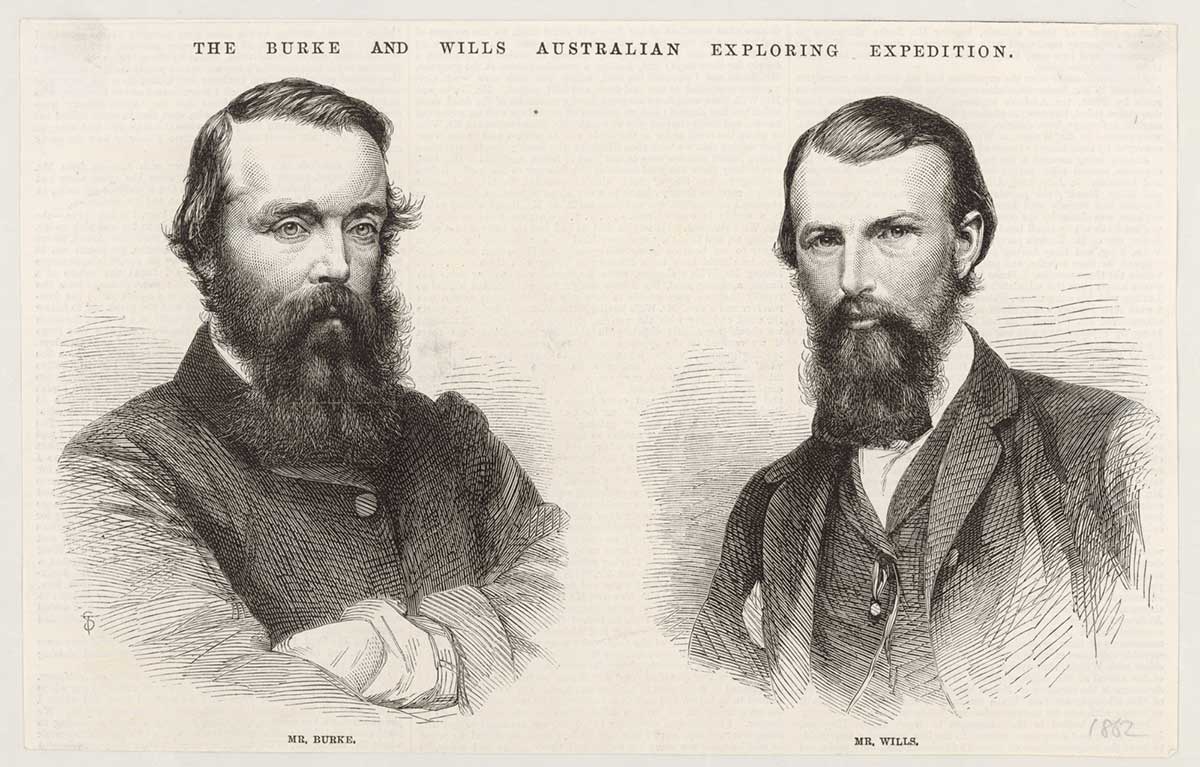
 Can you find out?
Can you find out?
1. Who supported the Burke and Wills expedition and what was its purpose?
2. Why was Gray’s death and the timing of Brahe’s departure from Cooper Creek so significant for Burke, Wills and King?
3. Was the Burke and Wills expedition a success or a failure? Explain your reasons.
What was the Victorian Exploring Expedition?
In 1860 most of inland Australia was still a mystery to Europeans in Australia. Some Victorians who became rich during the gold rushes wanted to pay for expeditions into the inland. They hoped explorers would make scientific discoveries and find new grazing land for farm animals. They also wanted to find a path for an overland telegraph line so that people in Australia could communicate with one another and the world more easily.
On 20 August 1860 the Victorian Exploring Expedition left Melbourne. Its task was to cross Australia from south to north. No European explorers had done this before.
The expedition was generously equipped and one of the most expensive in Australian history. The equipment list included 50 gallons of rum to revive tired camels (there were 27 of them) and even an oak table. Its leader was Robert O’Hara Burke, an Irishman with no exploration experience or skills in navigation.
What did Burke decide on the way to the Gulf of Carpentaria?
The expedition reached Menindee near Broken Hill, New South Wales, on 23 September 1860. Burke decided to leave most of the equipment there. He then led a smaller group of the explorers further north to Cooper Creek in western Queensland. They arrived there on 11 November 1860.
Just over a month later Burke divided his exploring party again. He put William Brahe in charge of supplies at Cooper Creek and asked him to wait there for three months. He then set off for the Gulf of Carpentaria with William John Wills, John King and Charles Gray.
Research task
Using Google Maps work out approximately how far from Melbourne Burke and Wills travelled to reach the Gulf of Carpentaria via Cooper Creek.
Reaching the Gulf of Carpentaria
On about 9 February 1861 the four explorers reached the Bynoe River near the Gulf of Carpentaria in northern Australia. Burke and Wills tried to walk to the ocean but couldn’t find a way through the mangrove swamps.
The four men started their return journey to Cooper Creek on 12 February 1861. On 17 April 1861, four days before reaching their destination, Gray died from starvation.
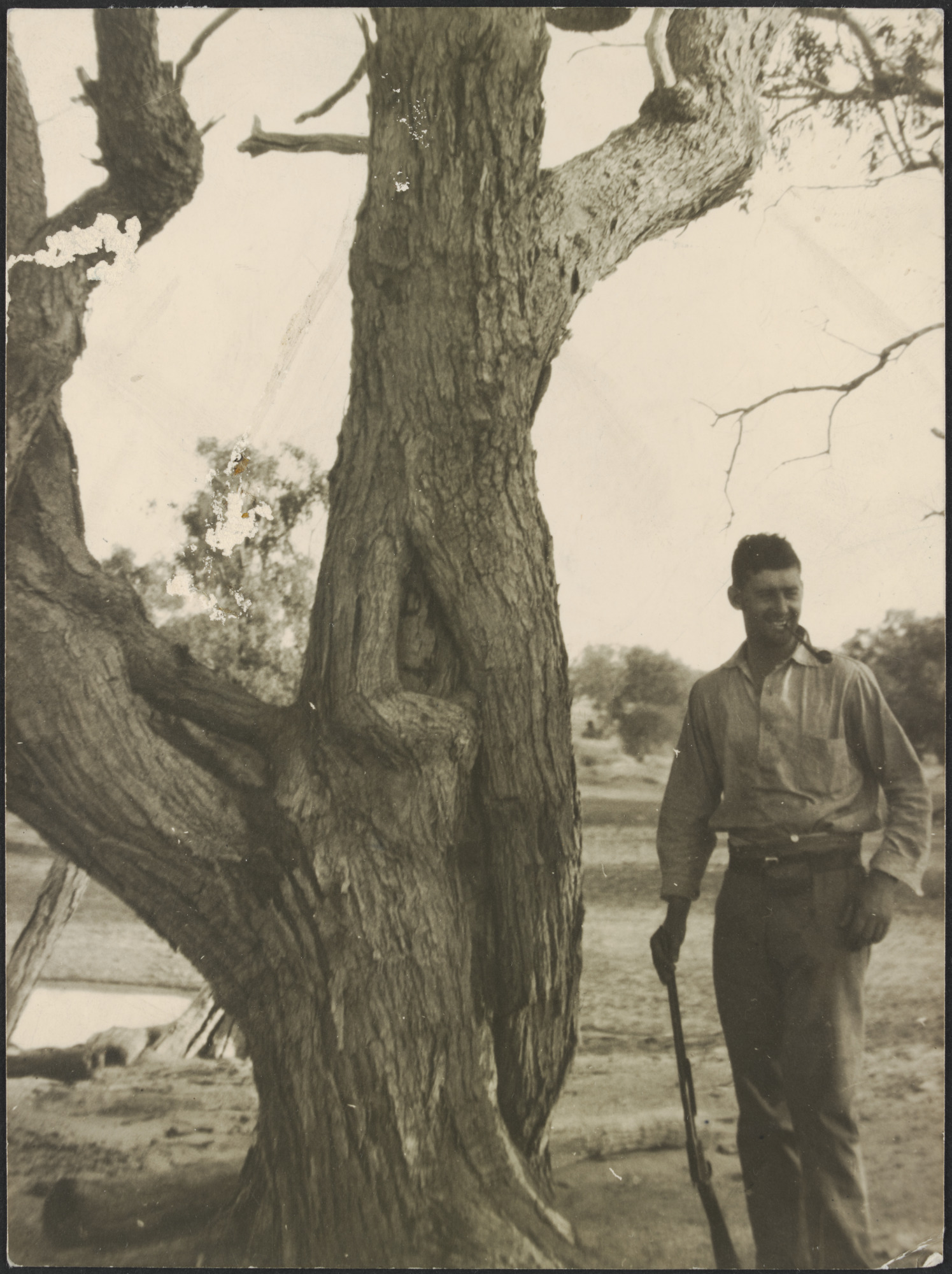
What happened at the Dig Tree?
Brahe had waited at Cooper Creek for four months, but Burke still hadn’t returned from the Gulf of Carpentaria. So Brahe decided to return south to Menindee on 21 April 1861. He buried a stockpile of food and a note at the foot of a coolabah tree, which has become known as the Dig Tree. On the tree he engraved directions so that Burke would be able to find the buried food.
Nine hours after Brahe left Cooper Creek, Burke, Wills and King arrived and found the buried food. But instead of following Brahe to Menindee, they decided to travel south-west and try to reach a cattle station near Mount Hopeless.
Both Brahe and Burke doubled back to Cooper Creek to see if the other had returned, but they missed each other again.
‘I hope we shall be done justice by. We fulfilled our task but we were … not followed up as I expected and the Depot party abandoned their post … King has behaved nobly and I hope he will be properly cared for.’
Why did Burke and Wills die?
Burke and Wills died within a few days of each other in June 1861 trying to get to Mount Hopeless. They died of a lack of food, which was made worse by eating a raw bush food called nardoo. The Yandruwandha people of Cooper Creek had given nardoo to Burke and Wills in the past, but they had specially prepared it to make sure it was safe to eat. Burke and Wills didn’t know how to safely prepare the food.
King eventually found the Yandruwandha people, who accepted him into their community and saved his life.
Research task
Using Google Maps, work out how far Mount Hopeless is from Cooper Creek. Do you think it made sense for Burke and Wills to go this way?
‘They [the native Yandruwandha people] appeared to feel great compassion for me when they understood that I was alone on the creek, and gave me plenty to eat.’
What was the legacy of Burke and Wills’ expedition?
Rescue groups sent from Victoria, Queensland and South Australia to find the men discovered valuable new grazing lands. This led to more European settlement, and the further displacement of Aboriginal people from their traditional lands. They also found King, who was living with the Yandruwandha people. Burke, Wills and Gray were given Australia’s first state funeral for their services on 21 January 1863.
Read a longer version of this Defining Moment on the National Museum of Australia’s website.
 What did you learn?
What did you learn?
1. Who supported the Burke and Wills expedition and what was its purpose?
2. Why was Gray’s death and the timing of Brahe’s departure from Cooper Creek so significant for Burke, Wills and King?
3. Was the Burke and Wills expedition a success or a failure? Explain your reasons.






